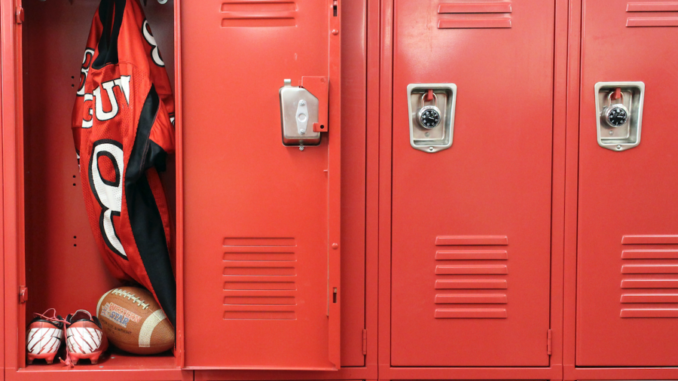
California’s public schools live – or die – by the numbers.
They are utterly dependent on how much money the state budget allocates each year under Proposition 98, a formula adopted by voters in 1988 that only a few wonks in and around the Capitol profess to understand – and even they often disagree.
Prop. 98 computations are also subject to political horse-trading during each budget cycle. Whatever number emerges is then distributed to school districts, primarily based on “average daily attendance.”
California is one of only a few states that use attendance to distribute state aid and a perpetual debate over whether it should continue is becoming more intense because two major factors in school attendance – enrollment and student absences – have been regressing.
California experienced rapid population growth over the last two decades of the 20th century, due to a wave of migration from other states and a baby boom. That translated into a 50% increase in K-12 school enrollment, eventually topping out at 6.3 million kids.
After reaching a plateau, however, enrollment started declining as the state began losing population, thanks largely to movements to other states, and as the state’s birthrate dropped dramatically.
“Demographic projections suggest enrollment will continue to decline across the state over the coming decade,” according to a recent report by the Public Policy Institute of California. “The California Department of Finance (DOF) projects that declines will persist at roughly 40,000 to 60,000 students per year, resulting in enrollment levels below 5.2 million by 2032.”
The inexorable decline in enrollment is exacerbated by a startling large number of students who may be enrolled but are chronically absent – what once was known as playing hooky.
During the early months of the COVID-19 pandemic almost all of California’s schools were closed, but even with online classes, attendance took a nosedive. After schools were reopened, however, chronic absenteeism – students missing from the classroom 10% or more of the time – continued to be a problem. Prior to the pandemic 12% of the state’s students were chronically absent, but in the first year after schools reopened the rate was 30% and since then has declined marginally to 25%, according to a new PPIC study.
PPIC researchers learned that the most absence-prone children these days are in kindergarten or the early primary grades while, prior to the pandemic, high schoolers were most likely to be missing classes.
“High levels of absenteeism among the youngest students is particularly concerning since absenteeism tends to have a snowball effect: a student is more likely to be chronically absent in later grades if they are chronically absent in earlier ones,” PPIC’s report noted.
During the pandemic, school finances were bolstered by billions of dollars in federal relief funds and a temporary respite from attendance-based state aid, but both of those programs have expired, so districts are beginning to feel the full impact of enrollment declines and absenteeism.
As the gaps between income and outgo widen, school officials throughout the state are contemplating school closures – which almost always generate neighborhood opposition – while pressing the state to change the attendance-based system.
“Between 2012 and 2021, nearly 700 schools across the state were closed, resulting in roughly 167,000 students being displaced,” Policy Analysis for California Education, a multi-university research project, reported recently, adding that “Black students were more likely to experience school closure than any other racial subgroup. Black students represent nearly 14 percent of the student body in schools that were closed.”
Demography is destiny and California’s school conundrum of declining enrollment, high absenteeism and unstable attendance will become more intense. It warrants urgent attention by the state’s political figures, from the governor downward.



Be the first to comment